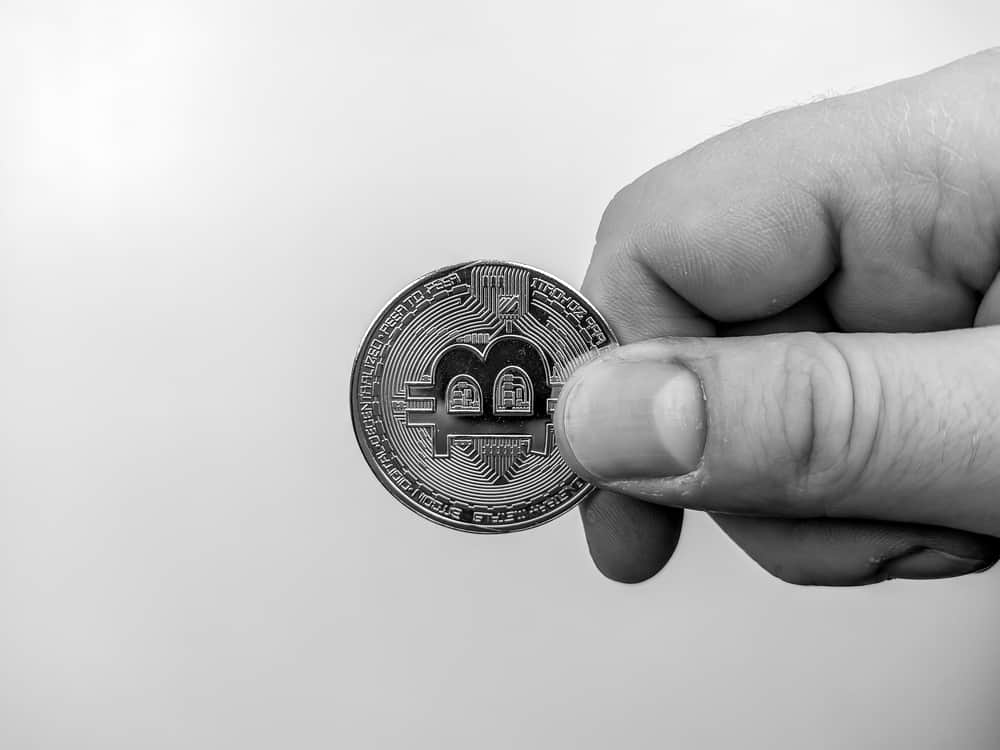Bitcoin’s Third Halving May Be Less Dramatic Than First Expected

Author: Michael Stern
Last Updated: 12 May 2020
The run-up to Bitcoin’s third halving generated considerable hype before the event. Now that the day has arrived, it may turn out to be considerably more sedate than the buildup would have suggested. This is especially true after the price retreat of the last few days.

The retreat seen over the days leading up to halving has rattled traders. Before the event, some bullish investors saw the halving as a catalyst for higher prices. The opposite happened; prices fell for three straight days, closing late on May 10 at $8,500. This price retreat makes Bitcoin prices off 15 percent over the May 7 price of $10,000. May 9 saw a drop in the price of 10 percent in just 30 minutes, causing a temporary outage at Coinbase.
The unexpected sell-off threatened to dampen the spirits of traders as the once every four-year halving date approached. During a “halving,” the price of new coins produced by the blockchain network is automatically halved. There was considerable enthusiasm earlier in the week, and Bitcoin futures rose to record highs on the Chicago exchange. Market interest spiked after Paul Tudor Jones, a hedge-fund magnate, let it be known he planned to nose into the market.
Some Analysts Were Predicting Soaring Prices
Some analysts, as well as investors, believe the halving could drive Bitcoin prices to $100,000 or more. Others were saying that halving is something that is now well understood, and as such, any anticipated impact on price was baked into the market place.
Bitcoin has halved twice before in its 11 years of existence. The rallies that followed these events may have had more to do with the increasing popularity and adoption of cryptocurrency, or mere speculation. There is a growing belief amongst cryptocurrency investors that Bitcoin could serve as “digital gold,” a hedge against inflation. Some think this thinking may play a more significant role in determining the price of the digital currency. This thinking may hold considerable truth now that the Fed and other central banks around the world are injecting several trillion dollars into the financial system as a component of their response to the current COVID-19 induced recession.
Past Halving’s Proved to Be Somewhat Anticlimactic
Past halvings failed to generate a great deal of hype. This is in stark contrast with the excitement within the crypto-community during the last few weeks. What has been happening is somewhat akin to that which occurred during the run-up to the new millennium. In anticipation of problems associated with “Y2K,” both business and government were worried that computers could not deal with the rollover into a new century. The day came, and there was minimal disruption, although there was a great deal of fanfare.
The previous two halvings of Bitcoin had minimal immediate impact on the market price. The first halving, in late November 2012, resulted in a Bitcoin price slide of 0.5 percent. When halving happened again in early July 2016, prices fell by 2.3 percent. Prices increased by 80 percent after the first halving, but it took a year. After the second halving in 2016, prices rose 30-fold, but once again, it took time, in this case, 1.5 years.
There have only been two Bitcoin halvings, each followed by a bull run driving the prices up by thousands of percent. With this in mind, some people believe that halving is the cause of Bitcoin bull runs.
BWCEvent aspires to share balanced and credible details on cryptocurrency, finance, trading, and stocks. Yet, we refrain from giving financial suggestions, urging users to engage in personal research and meticulous verification.


